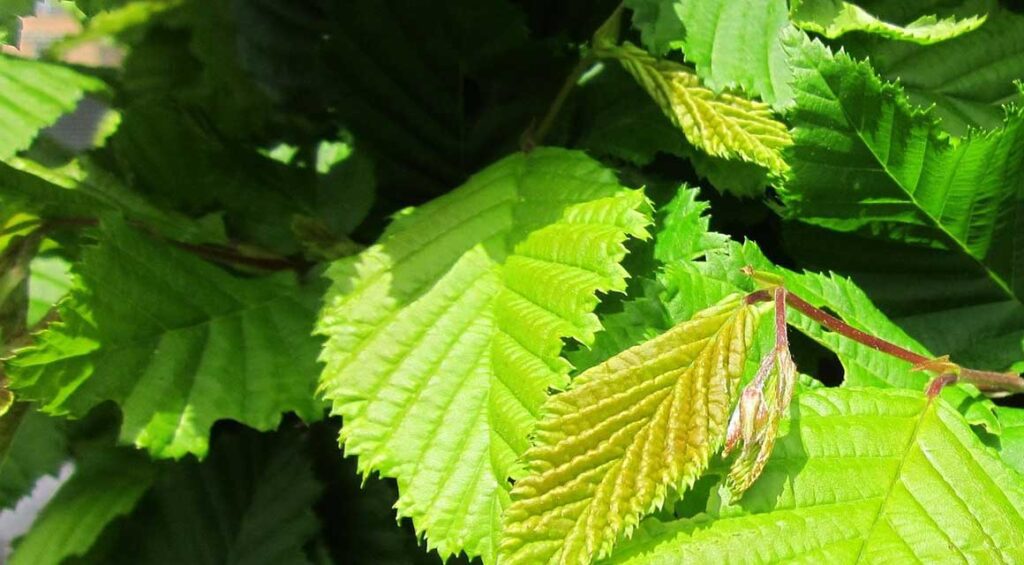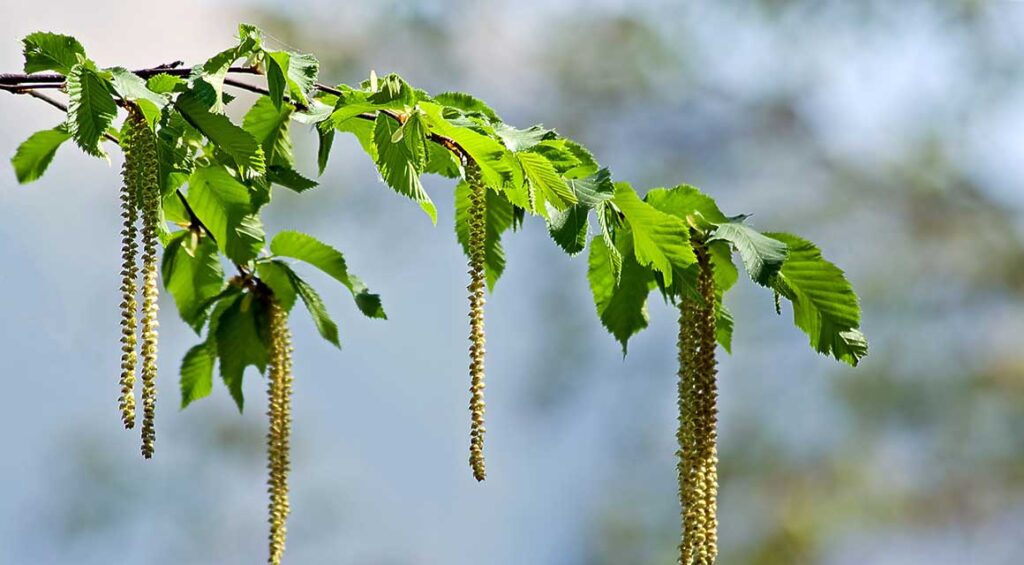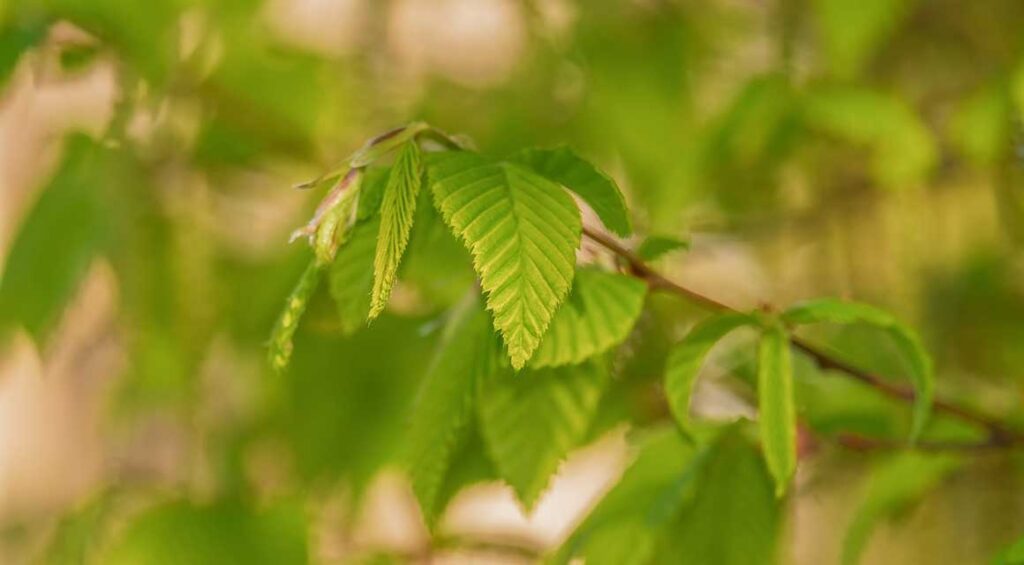Hornbeam is a very popular hedge plant throughout Europe. This tree is so suitable as a hedge plant that this has even become part of its name. In this blog we talk about the versatility of the hornbeam: where it can grow and for what hedges it is suitable.

Contents
The hornbeam grows almost everywhere
It is often said that the hornbeam and the copper beech or copper beech are very similar – not only in their names, but also in appearance. Both plants have a dense growth habit and relatively large leaves that change color in the fall. The most noticeable difference at first glance is that the hornbeam almost always loses its leaves in winter, while the beech often retains its wilted leaves. In this way, the hornbeam offers a little more privacy. However, the hornbeam has one major advantage that makes it a popular plant: it grows almost anywhere.
The hornbeam is particularly good at adapting to different conditions. While the copper beech or copper beech grows primarily in drier sandy soils, the hornbeam can grow very well in heavier and wetter soils. If you have a garden with a difficult soil type, such as clay or a soil type that retains a lot of water, the hornbeam can be a very good option. This also shows that the hornbeam is easy to plant: improving the soil or digging additional holes for drainage is usually not necessary. This saves a lot of time and trouble!
The hornbeam is not only gentle on the soil, but also in terms of light penetration. Some hedge plants prefer a location in the sun or grow better in a darker location. For the hornbeam, it doesn’t really matter. This hardy hedge plant can grow well in both full sun and shade. So when you order a hornbeam hedge, you can be sure that it will thrive in your garden. Another advantage is that hornbeam is a native plant, which makes it particularly suitable for the European climate.

Suitable for all types of hedges
Hornbeam is versatile not only because it can grow in any location, but also because it is suitable for many different types of hedges. Hornbeams are naturally large trees and related to birches (not beeches), but they can grow into neat, formal shapes and be pruned back. The more often the hornbeam is cut back, the more it branches, which means that after a few cuts it can form a nice, full hedge. Hornbeams grow about 20-40 inches per year, so they need to be cut back once or twice a year to stay in shape.
The hornbeam can easily form a formal hedge with pruning, but if you are looking for a more rustic and informal look for your garden, the hornbeam is also an excellent choice. The large leaves of the hornbeam make it perfect for a beautiful informal hedge. It is an ornamental plant that turns beautiful colors in the fall, so it does well with the seasons. With regular pruning it fits well in a tight garden design, but with looser pruning it is also suitable for a more rural and informal garden.
One final advantage when it comes to the type of hedges hornbeam is suitable for is that this hedge plant can form both low and tall hedges. In nature, the hornbeam grows into a complete tree, which means that it can easily grow several meters high as a hedge plant. However, it is also easy to keep it low. So, if you want to have a hedge of one meter height in your front yard, hornbeam is perfect for that. Actually, only very low ornamental hedges and topiary, as is possible with the boxwood, is not advisable for the hornbeam.

When is hornbeam not the best choice?
We have already mentioned that hornbeam is not so good for forming low ornamental hedges, such as hedges between two terraces or as the edge of a bed border. The leaves of hornbeam are quite large, which would make a very low hedge look a bit odd. In addition, there are a number of features that the hornbeam simply does not have. It is not possible to create a flowering hedge with a hornbeam because the hornbeam does not flower. For an interesting hedge, the common lilac and the blood currant ‘King Edward VIII’ are much better.
Also, hornbeams are deciduous, which can be a disadvantage if you’re mainly looking for privacy. Evergreen hedge plants such as yew, thuja, cherry laurel and mock cypress are a better idea then. The semi-evergreen privet may also be suitable as a privacy hedge. These plants are visible all year round. One disadvantage of evergreen hedge plants is that most of them are more or less poisonous. So if you have curious children or pets that put everything in their mouths, a non-toxic hedge plant like hornbeam may be a better choice after all.
One last point we’d like to mention: Hornbeam is not particularly burglar-resistant. If you’re specifically looking for a burglar-resistant hedge plant, choose a hedge plant with thorns or spines. Good options include holly, sourberry, dog rose or potato rose. Blackthorn is also suitable for rural hedges.

